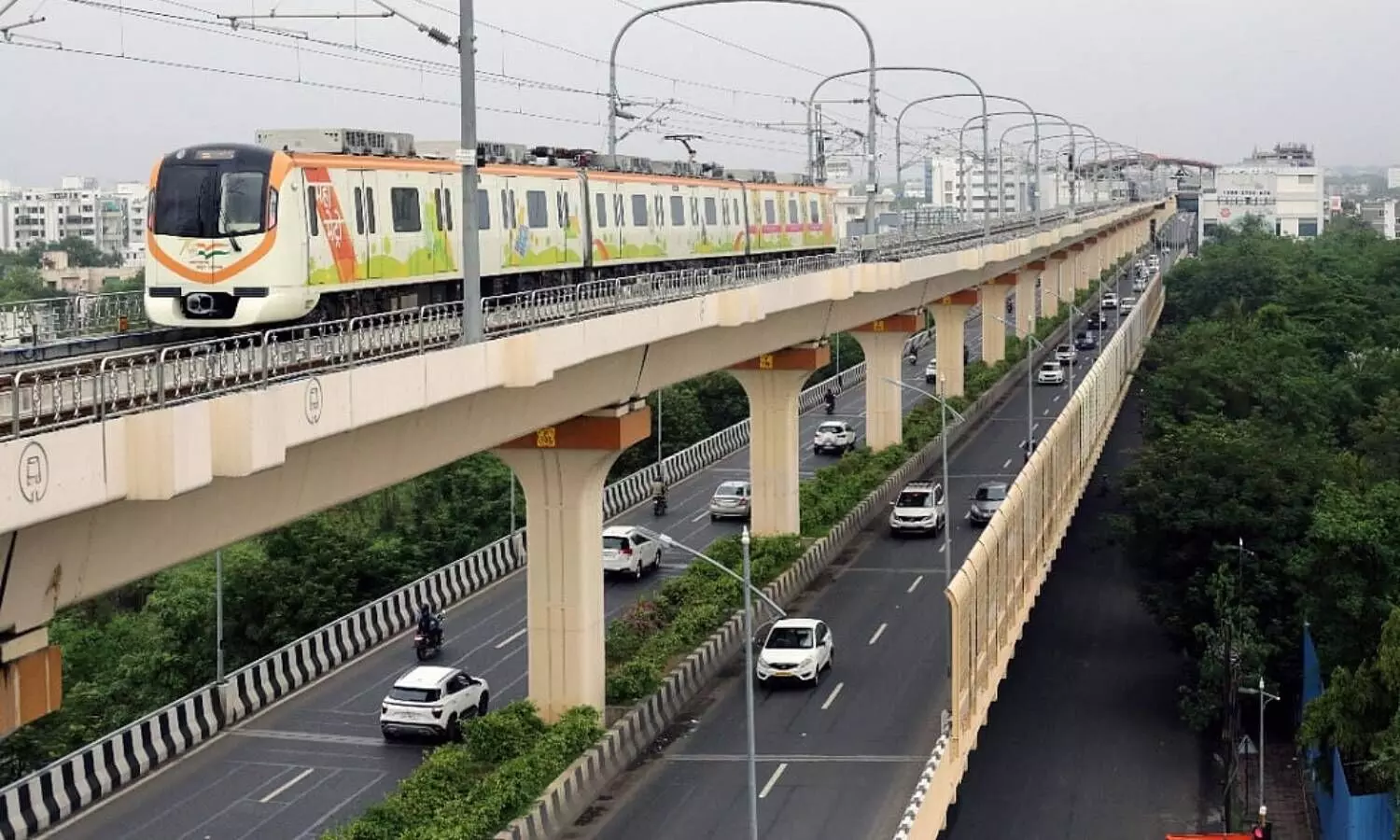Key Decision by the Government: Underground Metro with 20 Stations and Double-Decker on Hyderabad Route!
Hyderabad's metro expansion takes a major step forward with Sarkar's decision to include an underground metro line, reduce stations to 20, and introduce double-decker trains on key routes. A game-changer for the city's transport network!
Metro

Revanth Reddy's government is focused on enhancing the public transportation infrastructure in Hyderabad, which is rapidly evolving into a cosmopolitan city. As part of this effort, the Hyderabad Metro Rail network has been expanded. The government has ambitiously undertaken the second phase of the metro project, with plans to extend the system to a total of 116.4 kilometres across six corridors. The Detailed Project Report (DPR) for five of these corridors has already been prepared and submitted to the central government. These five new corridors include Nagol to Shamshabad Airport, Raidurg to Kokapet, MGBS to Chandrayanagutta, Miyapur to Patancheru, and LB Nagar to Hayathnagar.
Additionally, the government has decided to construct a double-decker metro line on the Miyapur to Patancheru route where possible. Meanwhile, the metro line from Nagol to Shamshabad Airport has attracted significant attention. Originally planned to have 24 stations, the government is now considering reducing this to 20 stations. A major development on this route is the decision to build a 1.06-kilometre underground section near the airport. With the second phase of the metro, Hyderabad will offer passengers a unique experience, combining double-decker trains on one side and underground metro lines on the other.
Hyderabad Metro Rail Managing Director NVS Reddy provided key insights into the second phase of the metro expansion. He confirmed that the project is being jointly funded by the central and state governments. A significant portion of the funding will be allocated for land acquisition, with plans to collect around 1,100 properties in the old city. Reddy also mentioned that the cost for the second phase would be approximately Rs. 318 crores per kilometre. Also, public opinion will be asked about naming the new metro stations.
NVS Reddy assured that religious structures would not be demolished during the expansion, emphasising that the metro development would proceed without disrupting these important landmarks. He noted that, unlike cities like Mumbai and Chennai, which have seen extensive metro expansion, Hyderabad currently ranks third in terms of metro development. However, with the completion of the second phase, Hyderabad is set to become the third-largest metro network in India. Reddy also announced that work on the MGBS to Chandrayanagutta corridor is slated to begin in the first week of January.

